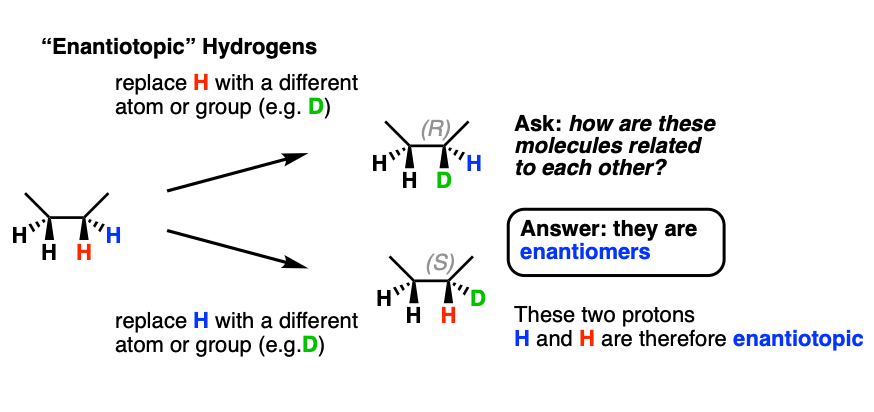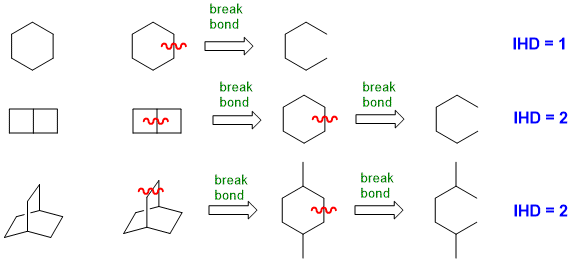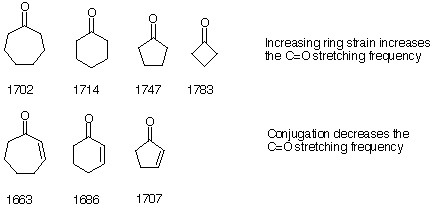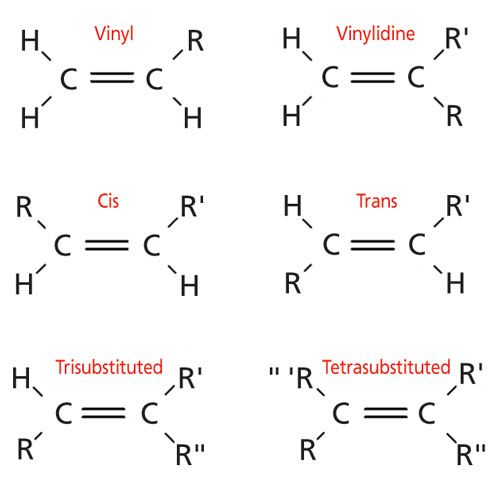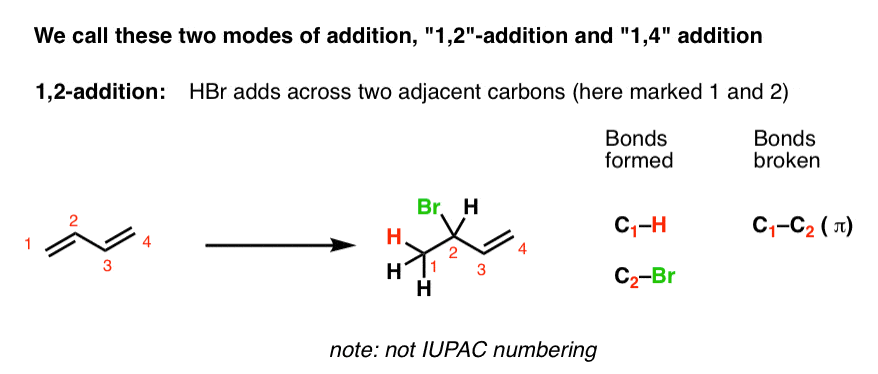Where Are Vinyl Hydrogens Nmr

In all of the examples of spin spin coupling that we have seen so far the observed splitting has resulted from the coupling of one set of hydrogens to just one neighboring set of hydrogens.
Where are vinyl hydrogens nmr. These are typical chemical shifts. 0 8 1 5 ppm alkane c h. But vicinal coupling refers to the coupling of two hydrogen atoms that are bound to two adjacent carbon atoms. For vinylic hydrogens in a trans configuration we see coupling constants in the range of 3 j 11 18 hz while cis hydrogens couple in the 3 j 6 15 hz range.
Key difference allyl vs vinyl both allyl and vinyl groups have slightly similar structures with a small variation. The key difference between these two structural components is the number of carbon and hydrogen atoms. Allyl groups have three carbon atoms and five hydrogen atoms. When a set of hydrogens is coupled to two or more sets of nonequivalent neighbors the result is a phenomenon called complex coupling a good illustration is provided by the 1 h nmr.
Vinyl aromatics nitriles rocr 3 arcr 2 h alkyne r 3coh o 1h 2nmr shift ranges δ ppm vinyl r 3c f r 3c clrc i r 3c br rccr 3 o δ ppm 13c nmr shift ranges r 2nh r 2ncr h approximate nmr shift ranges note. Both groups own a double bond between two carbon atoms where all the other atoms are bonded through single bonds. Typical h nmr shift ranges. Proton nuclear magnetic resonance proton nmr hydrogen 1 nmr or 1 h nmr is the application of nuclear magnetic resonance in nmr spectroscopy with respect to hydrogen 1 nuclei within the molecules of a substance in order to determine the structure of its molecules.
Substituents can move the resonance out of the listed range esters amides acids ketones aldehydes. Tertiary hydrogen vinyl group vinyl chloride vinylic carbocation. The vinylic hydrogens are shown in red. Chemical shift d type of proton examples chemical shift in ppm comments.
1h nmr chemical shifts 11 10 9 8 7 6 5 4 3 2 1 0 rh o h r 2ccr h roch 3 ch 3 rch 3 o rh ch 3 ch nh oh rnh 2 o nh 2 rnh 2 roh o oh roh δ ppm type of c hδ ppm description of proton 0 9 alkyl methyl 1 3 alkyl methy lene 1 5 2alkyl methine 1 8 allylic c is next to a pi bond 2 2 3α to carbonyl c is next to c o 2 3 benzylic c is next. The greater the substitution on the carbon bearing the hydrogen the further downfield higher frequency the resonance occurs. Vinyl chloride h2c chcl or c2h3cl n or c2h3cl cid 6338 structure chemical names physical and chemical properties classification patents literature biological activities safety hazards toxicity information supplier lists and more. The key difference between geminal and vicinal coupling is that geminal coupling refers to the coupling of two hydrogen atoms that are bound to the same carbon atom.
None of the other hydrogens are vinylic.



